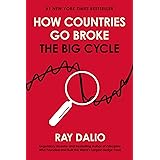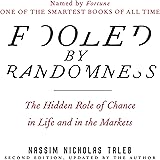Investing resources include websites, blogs, and publications that cover investing topics. These articles can help you learn more about investing and determine what type of investments are best for your financial goals and tolerance for risk. Some investment options are suited for short-term use, like high-yield savings accounts or money market mutual funds, while others are more suitable for long-term goals such as retirement. If you’re a new investor, it’s important to understand how these types of investments are taxed before making a decision.
The investment landscape can be extremely complex, but those who take the time to educate themselves about it stand to gain significantly over the long haul. Beginners should focus on learning about the different assets that can be included in a portfolio and what rung each of them occupies on the risk ladder. The more stable options, such as cash and bonds, should make up the majority of a new investor’s portfolio. Those who are comfortable taking on more risk should consider adding some stocks or exchange-traded funds (ETFs) to their investment portfolio.
Investors also need to understand how much their investment may potentially lose, which is called risk tolerance. If you’re uncomfortable with the idea of losing some or all of your money, then volatile investments such as stocks should be avoided. In this case, it’s important to seek out a low-cost investment option such as a certificate of deposit or high-yield savings account that offers the security of FDIC insurance.
Whether you’re a novice or an experienced investor, it’s helpful to subscribe to investment newsletters that focus on specific sectors of the stock market. This can keep you updated on current trends and developments in the economy, which may influence future stock prices. Investment newsletters can also offer tips and strategies for trading.
Many of these investment resources feature articles that focus on investing basics, which can help beginners become more familiar with the concept and how it works. These can include websites that explain the difference between mutual and exchange-traded funds, and how to build a portfolio with both. They can also offer tips on how to read a stock chart and other important information.
The Motley Fool is an example of a popular investing blog, which began as a newsletter in 1993 and has since grown to become one of the most well-known investment publications. Its articles are written by professional investors, and it’s a great place to find investing advice for both casual and professional investors.
The personal finance magazine Kiplinger’s is another valuable resource for beginner investors, as it publishes articles on everything from tax credits to advice on which stocks to buy. The website has new articles posted daily, and you can also choose to receive the publication in print form each week. In addition, Kiplinger’s offers a free newsletter that covers investment topics and the latest market news. All of these investing resources are a fantastic way to increase your knowledge of the stock market and improve your chances of making sound investments.









